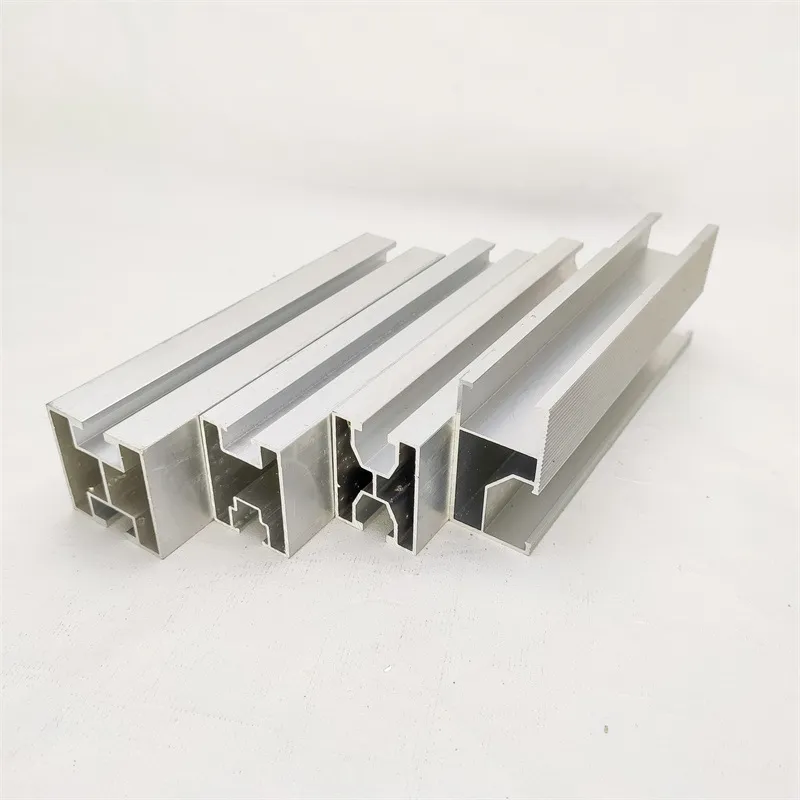

m8 hex flange nut
Nov . 05, 2024 02:17 Back to list
m8 hex flange nut
Understanding the M8 Hex Flange Nut A Comprehensive Guide
The M8 hex flange nut is a commonly used fastener in various mechanical and construction applications. As part of the metric fastener series, the M denotes the metric thread size, and the 8 indicates the nominal diameter of 8 millimeters. This practical component plays a crucial role in ensuring the security and stability of assemblies by providing a reliable locking mechanism.
Design and Features
The design of the M8 hex flange nut incorporates a hexagonal shape, allowing it to be easily tightened or loosened with a wrench. The flange, which is a larger circular portion at the base of the nut, serves a dual purpose it helps to distribute the load over a larger surface area and provides inherent locking capabilities. The flange design also eliminates the need for additional washers in many instances, simplifying installation processes.
Typically made from durable materials like stainless steel, carbon steel, or alloy steel, the M8 hex flange nut is available in various grades, which denote its strength and load-bearing capacity. For instance, an M8 nut made of class 8 steel is rated for higher tensile strength compared to one made from a lower grade.
Applications
M8 hex flange nuts are used across numerous industries due to their versatility. They are commonly found in automotive applications, machinery assembly, and construction projects. Their ability to resist loosening under vibrations makes them particularly beneficial in dynamically loaded applications, such as in vehicles or heavy machinery.
Additionally, these nuts are popular in furniture assembly, where a strong and reliable fastening solution is required. Their ease of use and effectiveness in creating a secure connection means that they are a go-to choice for professionals and DIY enthusiasts alike.
Benefits
m8 hex flange nut

One of the standout benefits of using an M8 hex flange nut is the reduction in the risk of failure in critical applications. The larger surface area of the flange provides better grip and resistance to rotation, making it less likely to loosen over time compared to standard nuts. This is especially important in environments subject to frequent vibration or movement.
Furthermore, the integrated flange allows for faster assembly and disassembly, as there is no need to add a separate washer. This efficiency can save time and reduce costs in production and maintenance processes.
Installation Tips
When installing M8 hex flange nuts, it’s essential to ensure that the bolt threads are clean and free from debris. Using a torque wrench to apply the correct amount of force is crucial to achieving optimal clamping without over-tightening, which could lead to thread stripping or damage to the components involved.
It is important to match the M8 nut with the appropriate bolt grade to ensure compatibility. Using a lower-grade nut with a high-grade bolt can lead to failure under load due to the weaker material giving way first.
Conclusion
The M8 hex flange nut is an indispensable component in the world of fastening solutions. Its thoughtful design, which combines a robust locking mechanism with ease of installation, makes it suitable for a wide range of applications. Whether in automotive engineering, construction, or even furniture assembly, the M8 hex flange nut offers reliability and performance that engineers and builders can depend on.
In summary, understanding the characteristics and proper usage of the M8 hex flange nut not only facilitates effective assembly but also contributes to the overall longevity and safety of mechanical systems. As industries continue to evolve, this humble yet mighty fastener will remain a cornerstone in the toolkit of engineers and technicians worldwide.
Latest news
-
Hot Dip Galvanized Bolts-About LongZe|High Strength, Corrosion Resistance
NewsJul.30,2025
-
High-Strength Hot Dip Galvanized Bolts - Hebei Longze | Corrosion Resistance, Customization
NewsJul.30,2025
-
Hot Dip Galvanized Bolts-Hebei Longze|Corrosion Resistance&High Strength
NewsJul.30,2025
-
High-Strength Hot-Dip Galvanized Bolts-Hebei Longze|Corrosion Resistance&High Strength
NewsJul.30,2025
-
Hot Dip Galvanized Bolts-Hebei Longze|Corrosion Resistance&High Strength
NewsJul.30,2025
-
Hot Dip Galvanized Bolts - Hebei Longze | Corrosion Resistance, High Strength
NewsJul.30,2025

